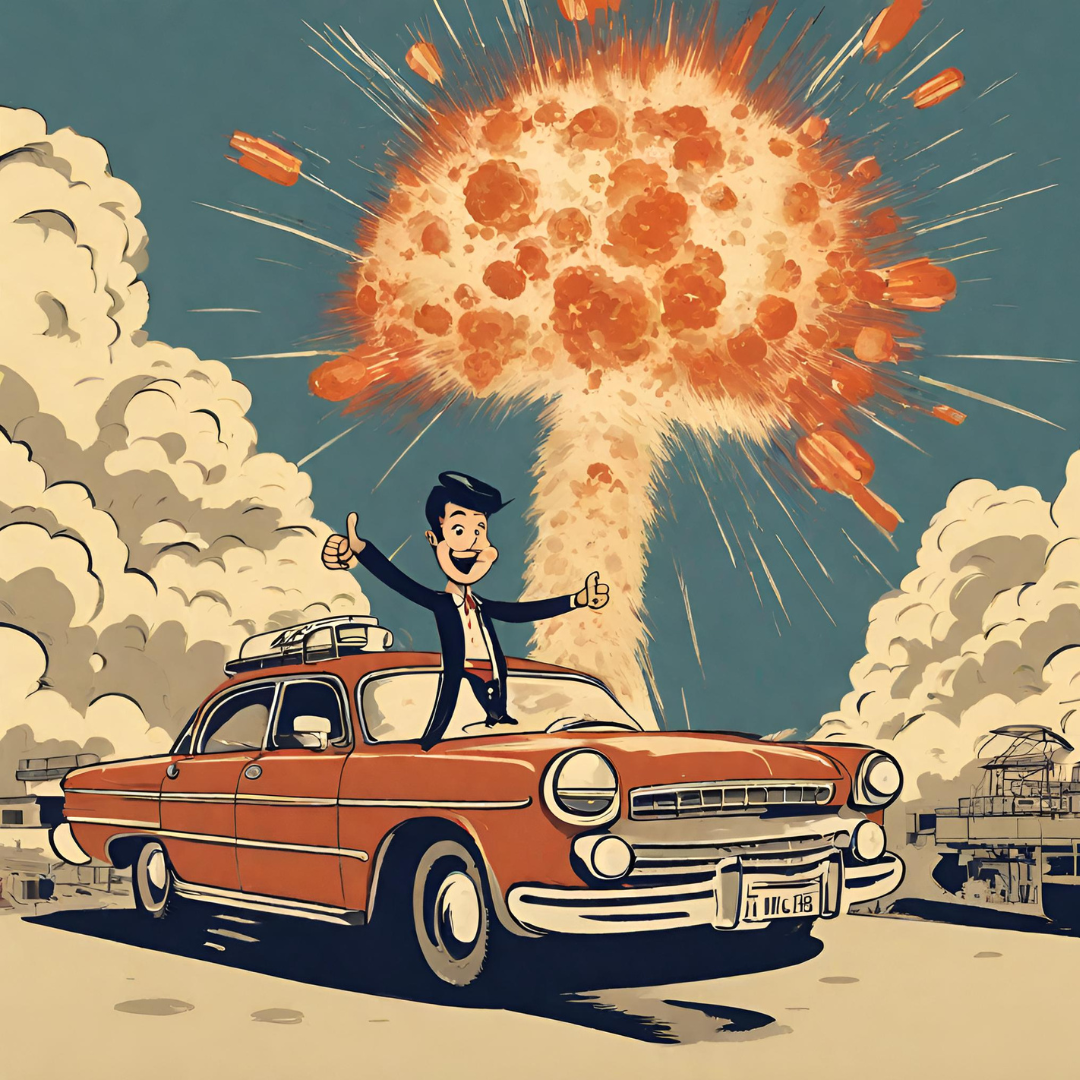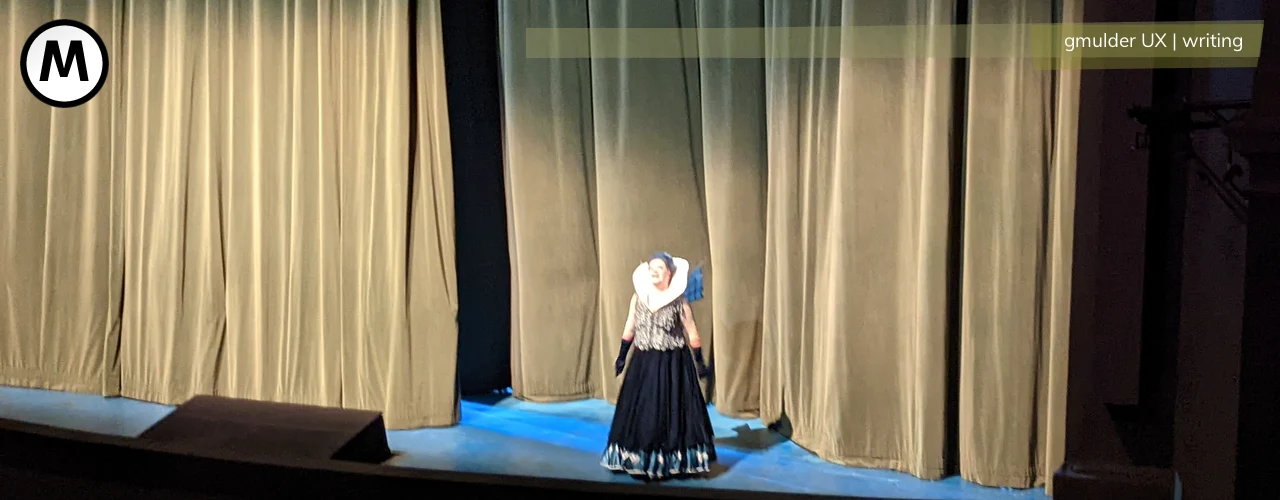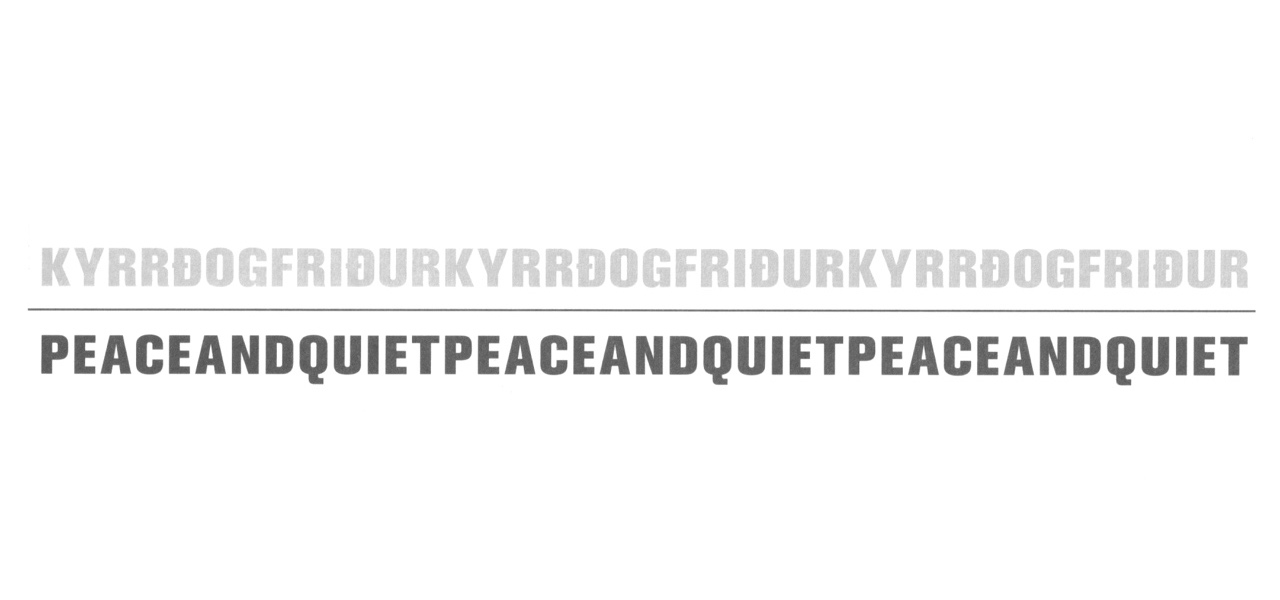LINKS
The always entertaining and insightful Jared Spool on The Secret Lives of Links.

In his talk, Jared Spool shared insight they had when working with Walgreens. On their site, it turns out that 3.8% of the linked area accounts for 59 % of the traffic. It’s a few simple links people seek out: they click on pharmacy, on photo, on the store locator, on Refill prescriptions and they use search. But almost nobody clicks on the big, shiny, colourful ads making up most of the space. Why? Because they don’t care. So why are they there at all? Because, als Spool said, Marketing won – and Fitt’s law lost:
Fitts’s Law
The speed a user can acquire a target is directly proportional to the size of the target and indirectly proportional to the distance from the target.
The bigger and closer, the easier to hit.
Interstitial ads – from a usabilty point of view – are the part of that same story. While they may pay the bill, they keep the user from reaching his goal, resulting in frustration. Hinding most of the content behind beautiful pictures is another one. Take Pelizzoli World: Nice, big pictures, that push the content so far down, that a navigation had to be added to the top.
Link copy needs to communicate what the user will get
Sometimes using original, unique copy
Sometimes taking advantage of what the user already expects
The links have to take the user to where they want to go Not to where the site wants them to go
Make real estate reflect users’ desires Take advantage of Fitts’s Law
Links, Spool said, secretly live to emit the right scent. They are there to get you to your desired content, interaction, whatever. So… let them.
Some more interesting stats: generally, averaged over many measurements they took, Spool’s firm found that generally 58% of the clickstreams on websites fail. Good predictors of greater failures are use of the backbutton, use of search and pogosticking. Pages that show this behaviour show up to 98% failure, according to Spool.
Pogosticking: that’s when you are forced to move from one entry in a list of entries to a page of details – and then back – because the listed entry does not give you enough information to make a an informed decision whether that’s the entry you’re looking for or not.
More informative listings like B&H’s on the other hand give you a much lower failure rate of about 45%.
The same is true for search – which Spool called the B.Y.O.L. method (that’s Bring Your own Link): High search usage is a good predictor of a failure rate of up to 70%.
But search is also there to help you. Because, as Spool pointed out, because:
“Your search logs are filled with trigger words.
Match the search phrases up with the pages users search from.”
In what Spool called their “7 Eleven Milk” experiment they actually gave users money to purchase what they had professed interest in buying beforehand (like somebody who had a bowl of cereals but no milk: give him a few bucks and drive him to the 7 Eleven, and he is very likely to buy milk…). In this case they gave the users 1000$ to go shopping for apparel on several shopping sites – and the best among them, the users spend 660$. The one that came in last got 63$. The top one required the users to visit 11,9 pages until they found what they wanted – the bottom one took them 51 pages – meaning that if your customers don’t find they are looking for, they won’t buy, even if they are paid for doing it.
Good design, in that sense, according to Spool is invisible:
Use the users’ trigger words to drive them to where they need to be
Watch for the back button, pogosticking, and search
Your search log is a source of trigger words
Make sure it’s clear the user knows why they should click
Don’t be afraid to give them context
But not as invisible as to hide from you what is a link and what isn’t.

Links, he adds, need to look good while still looking like links.
Links no longer have to be blue and underlined
Users need to understand that the link is different from the rest of the content
We confuse users with things that look like links, but aren’t
And do what users expect:
Support the user with what they want to do Don’t distract them
Don’t hide scent through flyouts and dropdowns Surface your most important scent by displaying it outright
Remember that users like to move in straight lines
And there’s always room for good information architecture, too:

Here you can listen to the talk – courtesy of SXSW and huffduffer:



